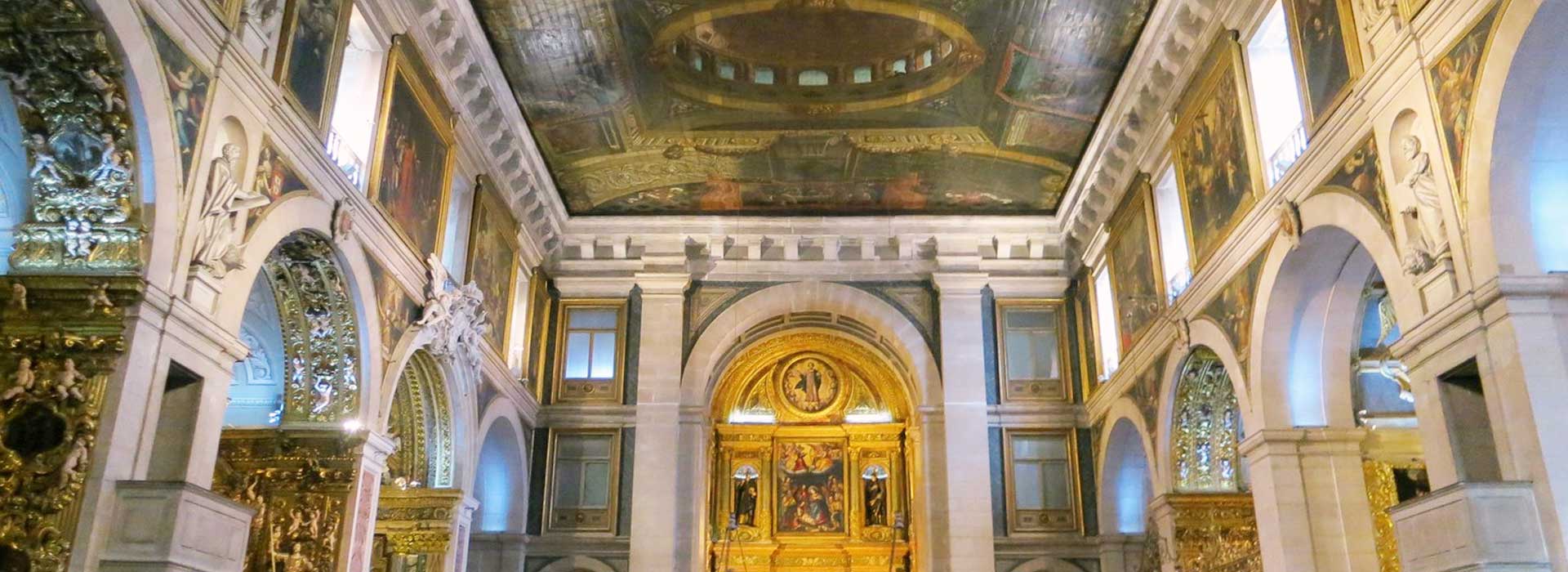
São Roque Church
The Igreja de São Roque, or Church of São Roque, is a must-visit attraction in Lisbon known for its rich history and breathtaking Baroque architecture. Built in the 16th century, this church was one of the few buildings in the city that survived the devastating 1755 earthquake, preserving its intricate interior.
Tourists are captivated by the church's ornate chapels, each with its own distinct design and exquisite artwork. The Chapel of St. John the Baptist, one of the most elaborate, was designed in Rome and later shipped to Lisbon. Its lavish ivory, gold and lapis lazuli attest to Portugal's colonial wealth and extravagance. Visitors can also marvel at the gilded altars, detailed frescos, and stunning azulejo tiles. The ceiling is a wonder of sorts. The original architect had planned a vaulted roof, but in 1582, a decision was made for a flat roof constructed from wood. Sturdy timber from Prussia was installed and richly painted.
Beyond its stunning architecture, the church is home to the Museu de São Roque, showcasing religious artefacts and art collections from different eras. Visitors can explore sacred objects, paintings, and sculptures, gaining insight into the church's historical significance.
Situated in the vibrant Bairro Alto district, the church offers a tranquil escape from the bustling city streets. Whether you are a history buff, an art enthusiast, or simply seeking a peaceful retreat, the Igreja de São Roque provides a truly enriching experience that should not be missed.
About
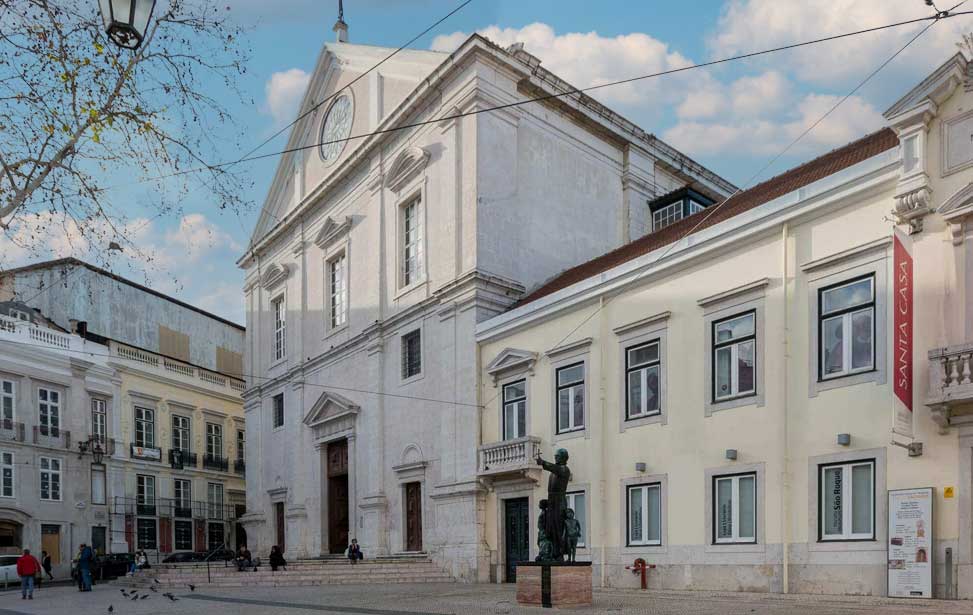
São Roque Church - Façade
The shire remained non-important until the second half of the 16th century when the chapel became the gathering place for the Society of Jesus (Jesuits) who followed the philosophy of the Catholic Counter-Reformation. Investment from the society transformed the humble shrine of São Roque into one of the most significant and decorative churches in Lisbon. The church of São Roque served as the Jesuit’s main religious centre for over 200 years before being expelled by the Marquis of Pombal in the late 18th century.
The Interior
Other chapels are decorated with polychrome marble and remarkable works of gilded woodcarving Florentine mosaics, most notably the gold-covered chapel of Our Lady of Doctrine and the chapel of Saint Roch.

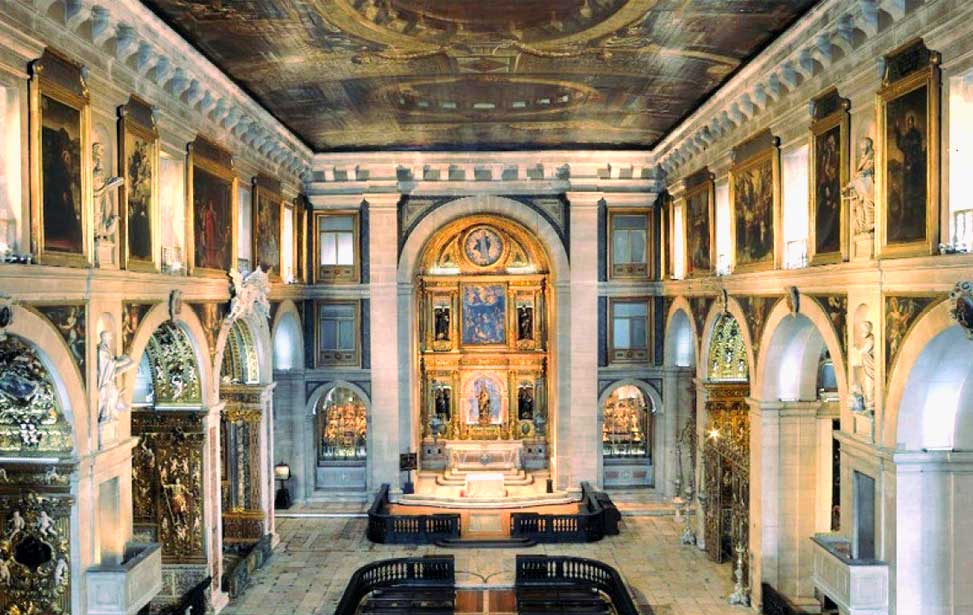
São Roque Church - Chapel of St. John the Baptist
TOP LISBON TOURS
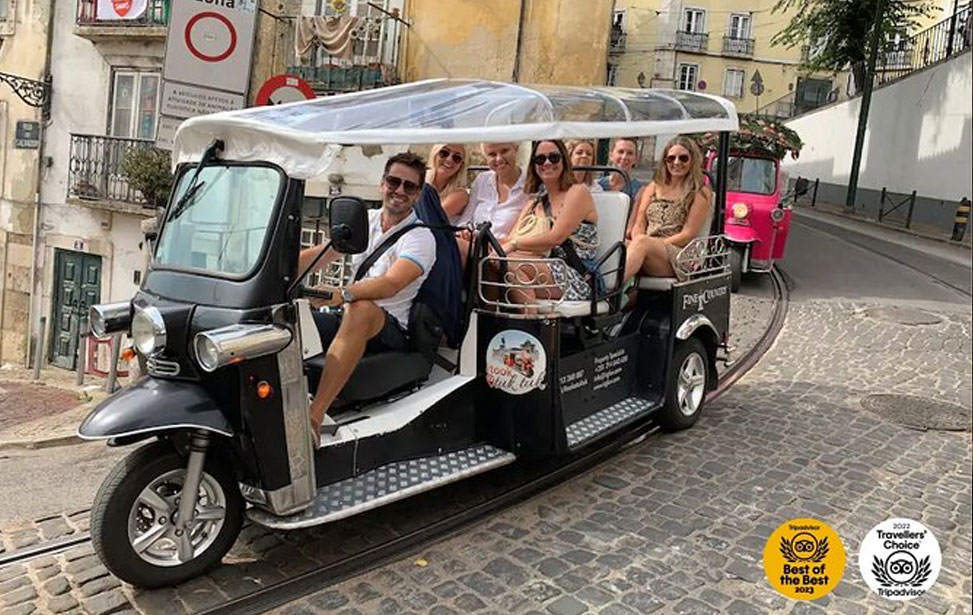
True 4 Hour TukTuk Tour of Lisbon
Experience Lisbon efficiently with a private half-day tuk-tuk tour, perfect for those seeking an eco-friendly way to explore the city. Personalise your itinerary and discover top attractions such as the historic Bairro Alto neighbourhood, the stunning Jerónimos Monastery and the breathtaking Miradouro da Senhora do Monte. Travel beyond the city centre to uncover multiple neighbourhoods while covering more ground quickly. This private tour offers flexibility and an intimate experience, allowing you to soak in Lisbon's vibrant atmosphere and iconic landmarks while enjoying the comfort of your private tuk-tuk.
(4,314) | 4 Hr | ✔ Free Cancellation
Check Availability
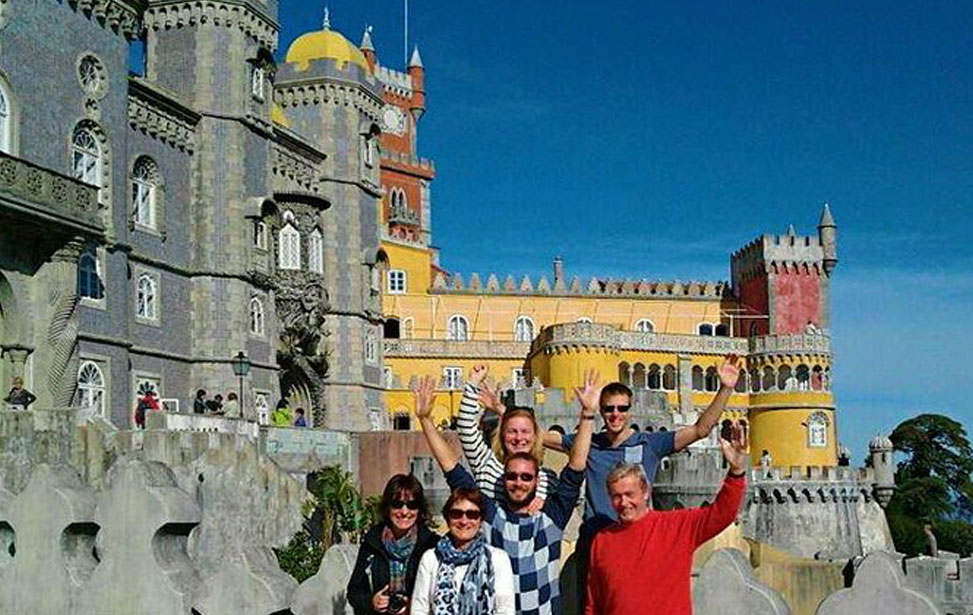
Full-Day Tour Best of Sintra and Cascais from Lisbon
Discover the enchanting beauty of Sintra on a full-day small-group tour from Lisbon. Explore the region's UNESCO-listed sites, including the majestic Pena Palace and charming Sintra Village. Witness stunning views from Cabo da Roca, Europe's westernmost point, and take in the coastal allure of the picturesque fishing village of Cascais. Enjoy personalised attention from your guide throughout this intimate experience, limited to eight people. Round-trip transportation from your Lisbon hotel is included, ensuring a seamless journey. Experience the romantic landscape of Sintra and Cascais on this unforgettable tour.
(753) | 8 Hr | ✔ Free Cancellation
Check Availability
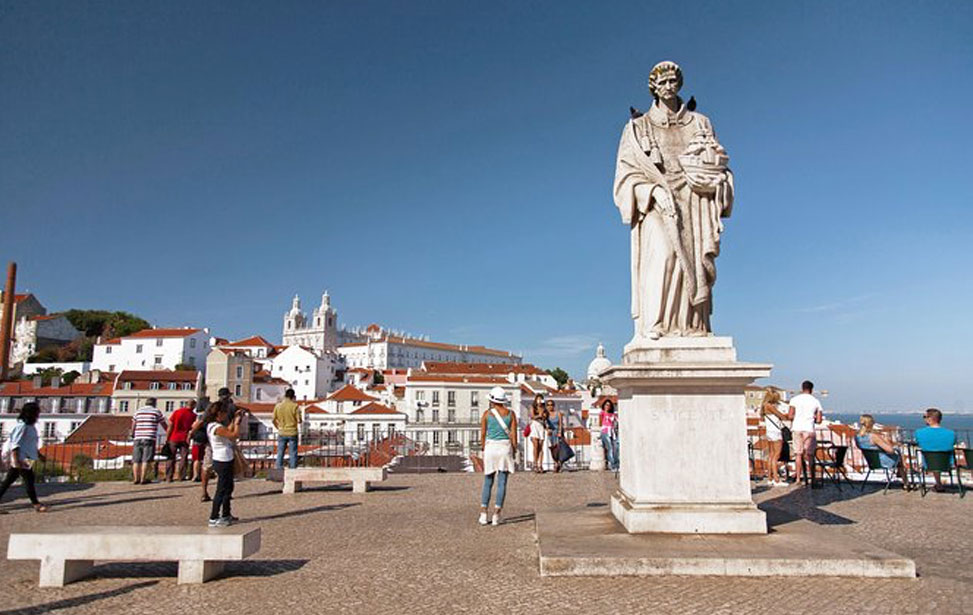
Private City Tour: Highlights of Lisbon
Explore the best of Lisbon on this private tour with an experienced guide. Journey through Portugal's capital, learning about its rich history while visiting top landmarks. Travel efficiently in an air-conditioned vehicle and discover historic districts like Chiado, Alfama, Baixa, and Belem on foot. Choose a morning or afternoon departure and enjoy convenient pickup and drop-off at your Lisbon hotel or cruise terminal. Taste the world-renowned pastel de Belém and immerse yourself in the charm of Lisbon. A private guide and vehicle provide a personalised experience as you uncover the highlights of the city.
(616) | 4 Hr | ✔ Free Cancellation
Check Availability
The Museum
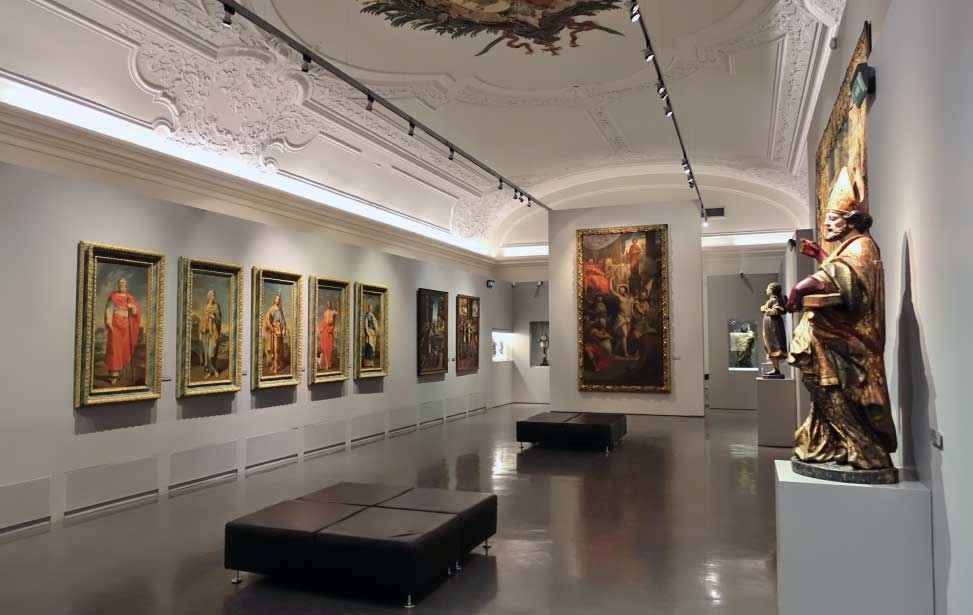
São Roque - Museum
Church: FREE, Museum: €2.50, Concessionary: €1.25.
Church: Tuesday – Saturday: 09h00 – 18h00, Monday: 14h00 – 18h00
Museum: Tuesday – Saturday: 09h00 – 18h00, Monday: 14h00 – 18h00
Getting to the São Roque Church & Museum
202, 758,24E
Baixa-Chiado (Green & Blue Lines)
Contact Details
Largo Trindade Coelho, 1200-470 Lisbon, Portugal.
38° 42' 48.0 "N | 09° 08' 36.1" W | +351 213 235 065
info@museu-saoroque.com | Website



 Lisbon Card Discounts
Lisbon Card Discounts






